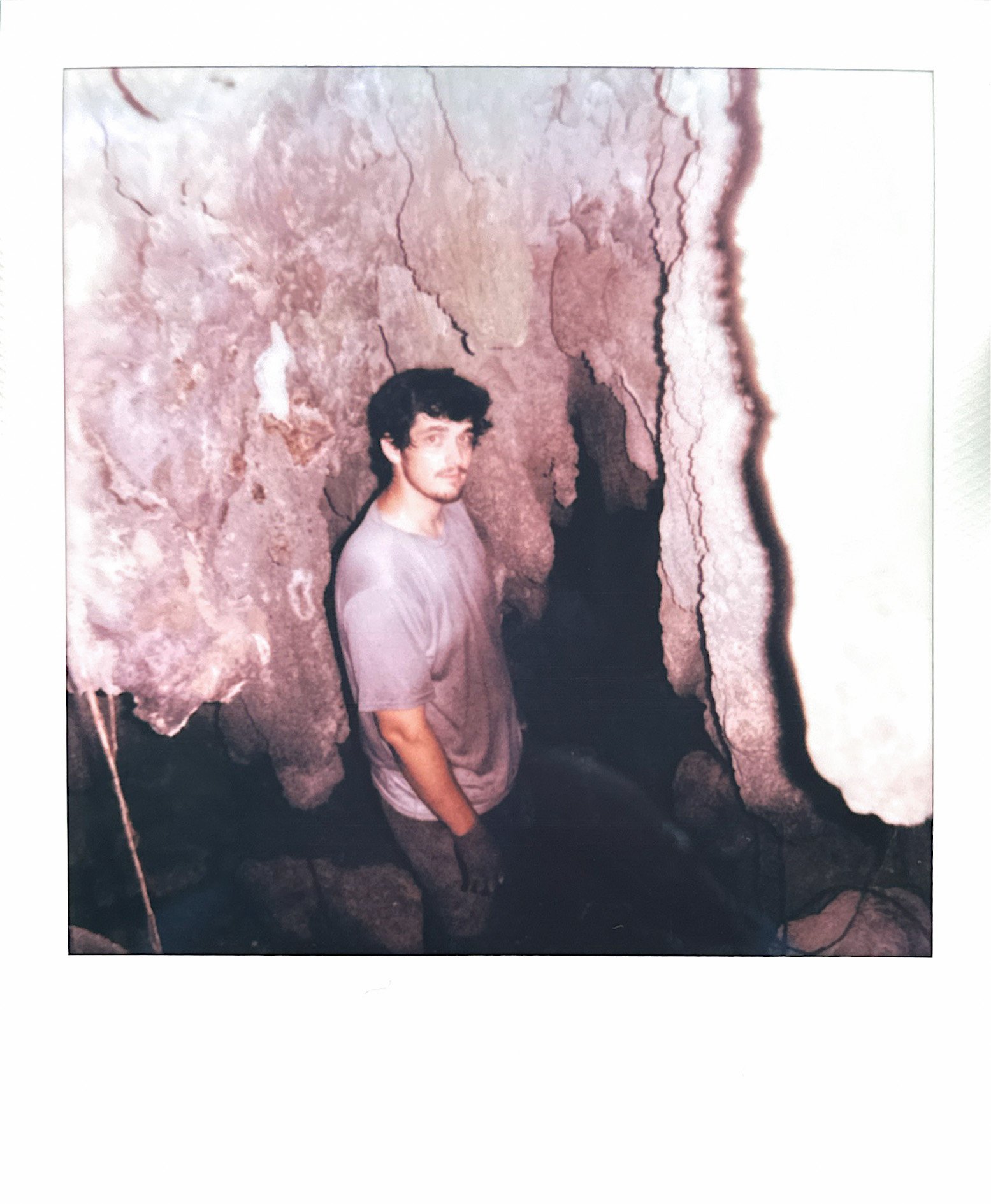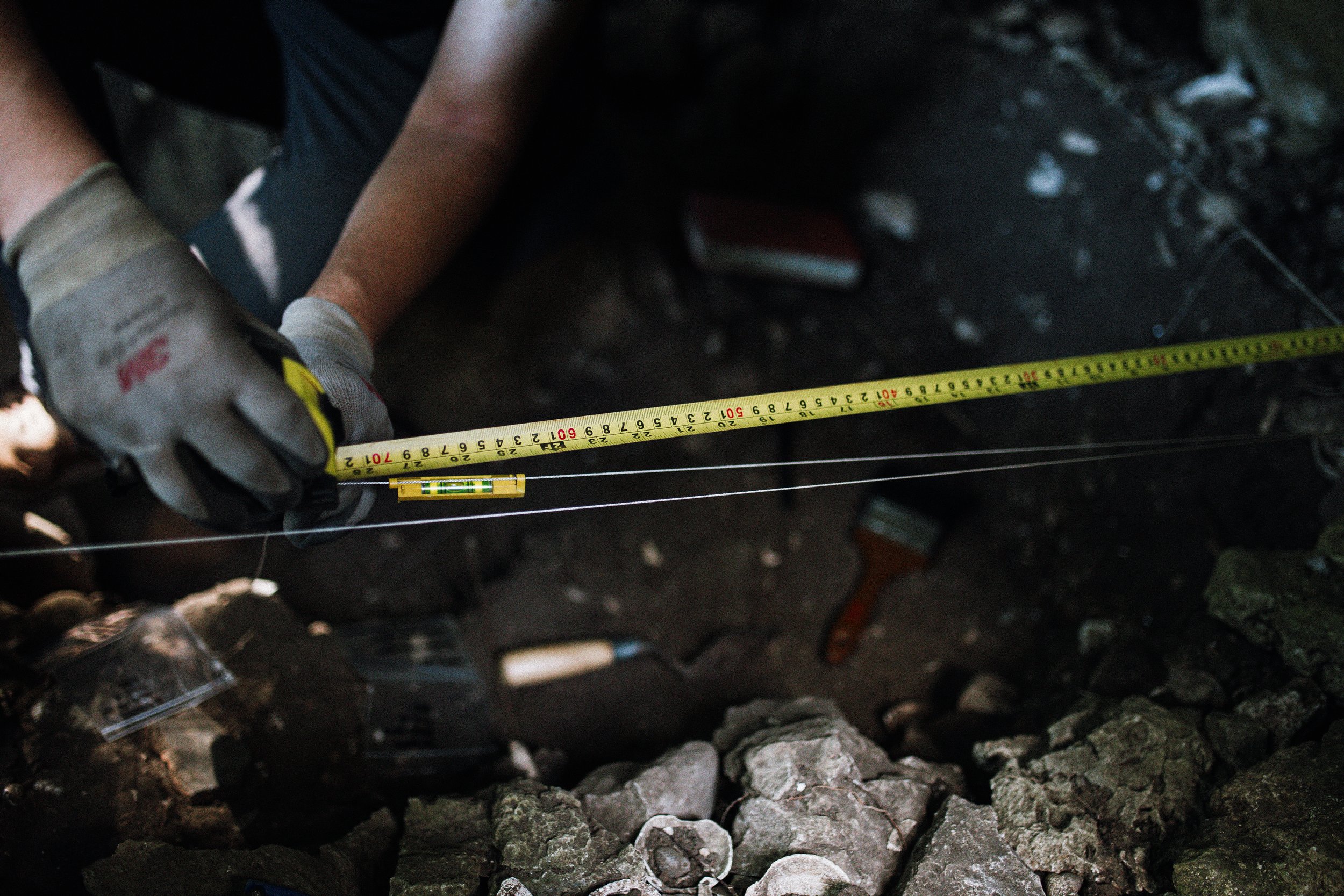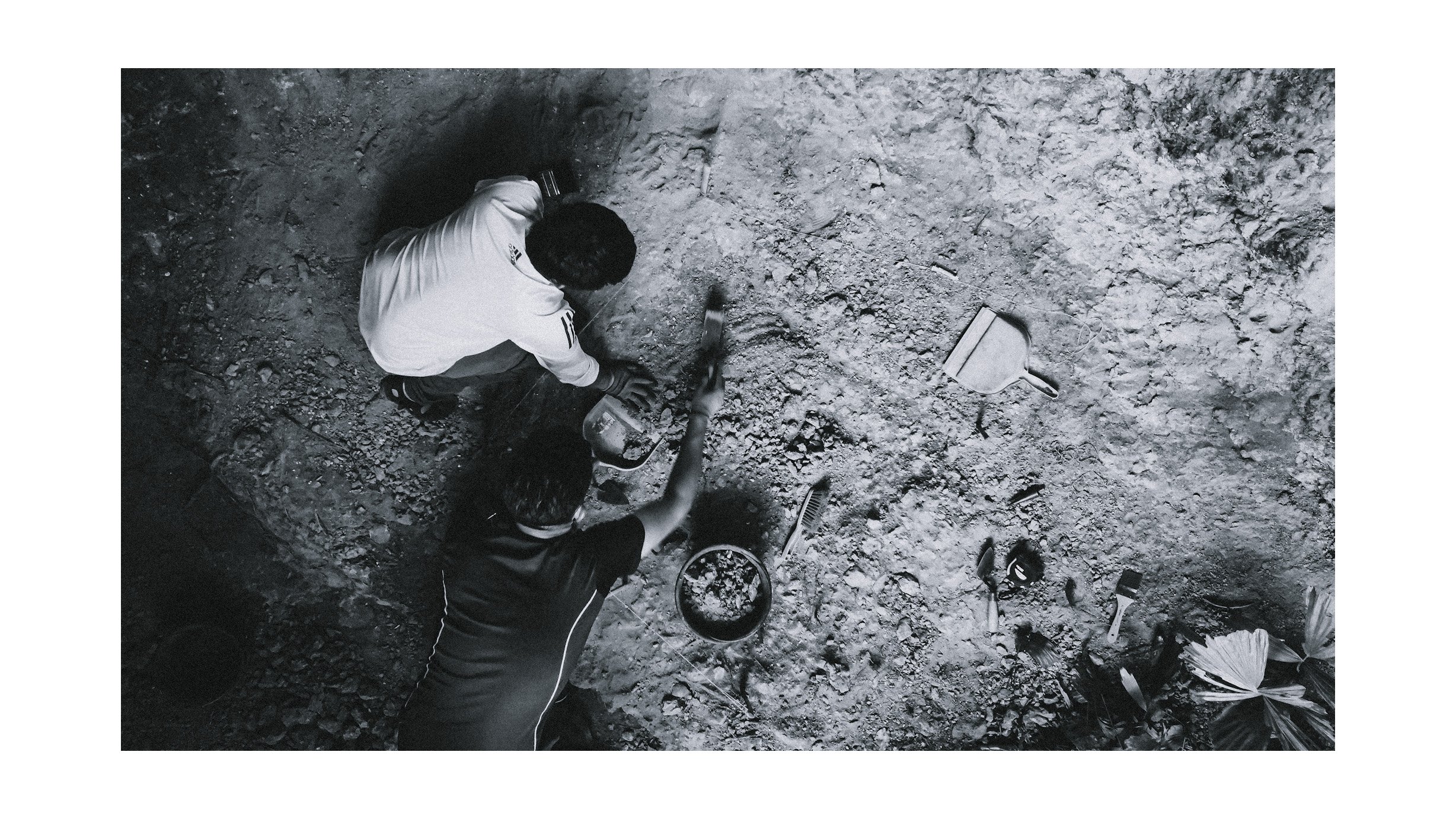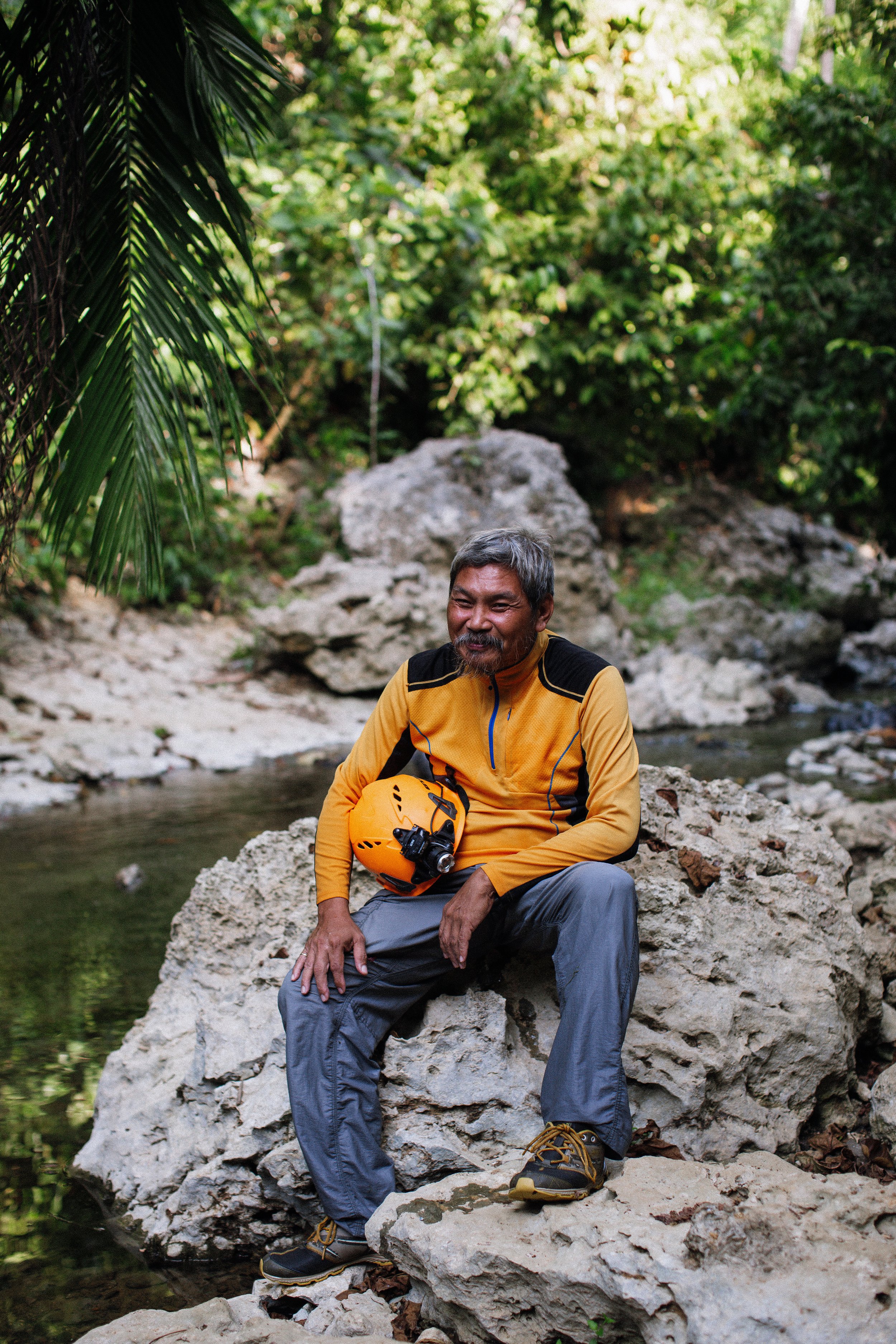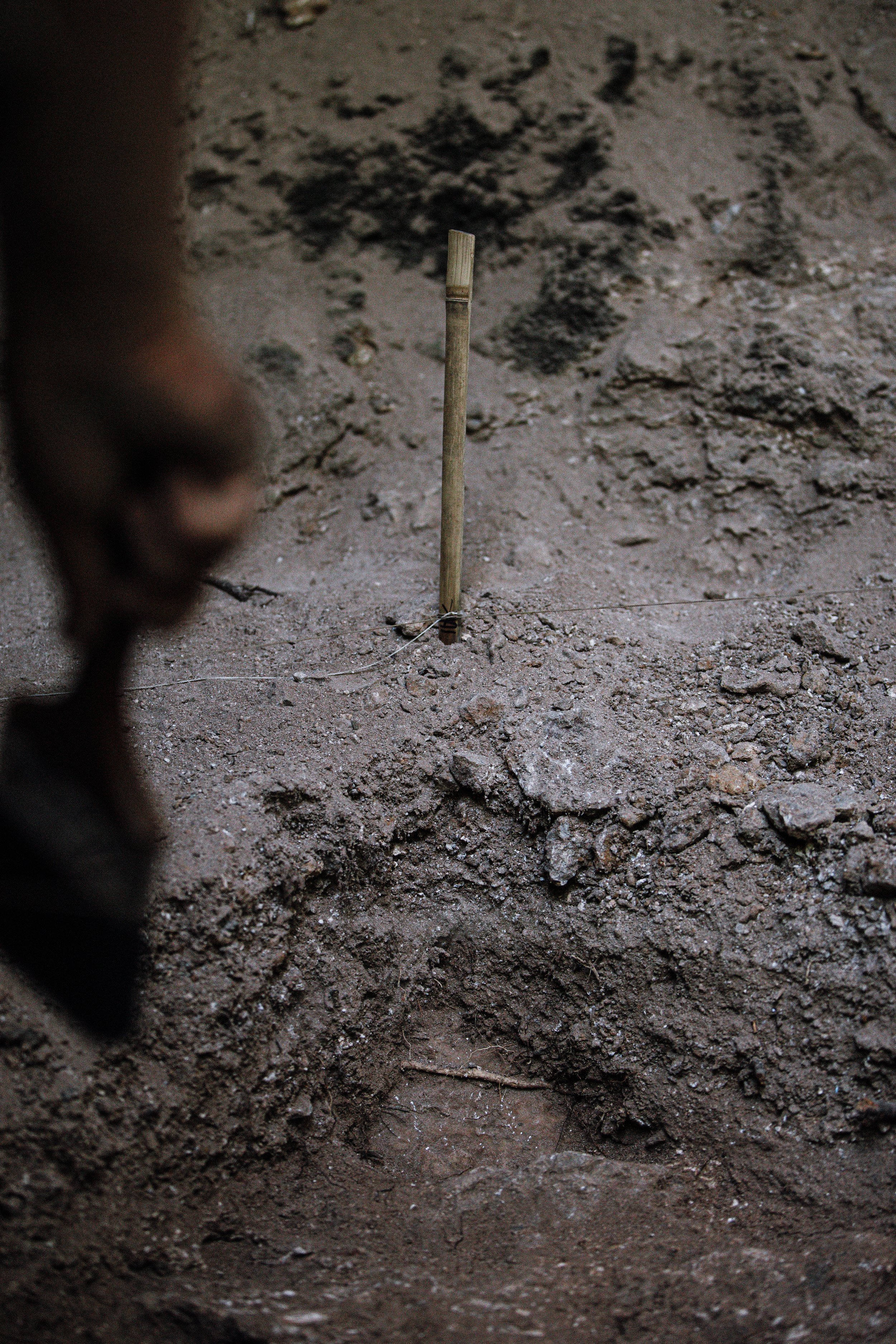
Mindanao Island Excavations: 2023 Field Season
Words by Ryan Lucas Henderson and James Keppeler
August 2023
Mindanao is an island in the southern Philippines. It has rarely been the subject of archaeological research, despite a potentially crucial role it played in the spread of agriculture throughout the islands of Southeast Asia.
During the summer of 2023, I accompanied a team from the University of Kentucky, St. Paul University Surigao, and the research consortium OCSEAN (Oceanic and Southeast Asian Navigators) to Mindanao to document their excavations.
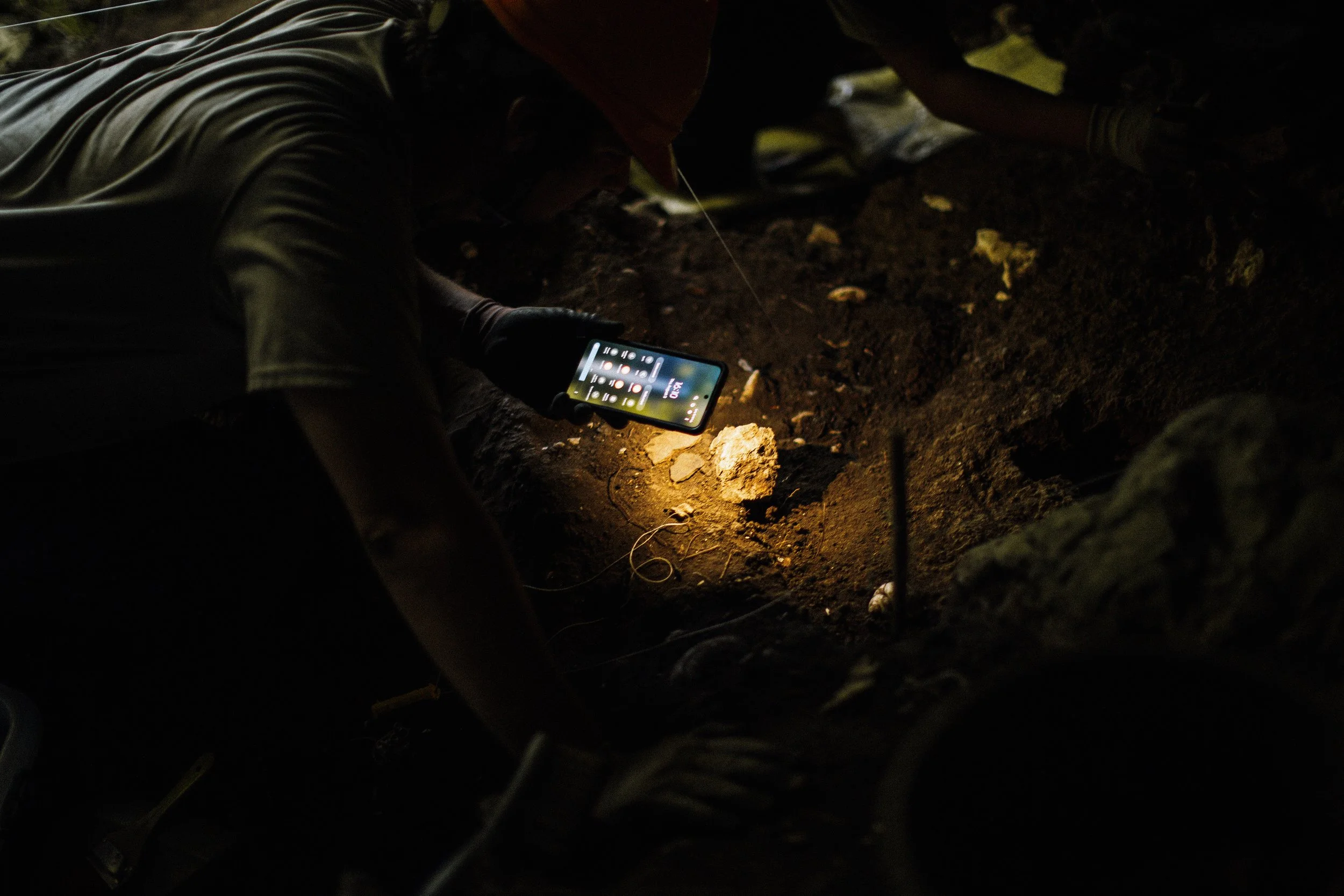
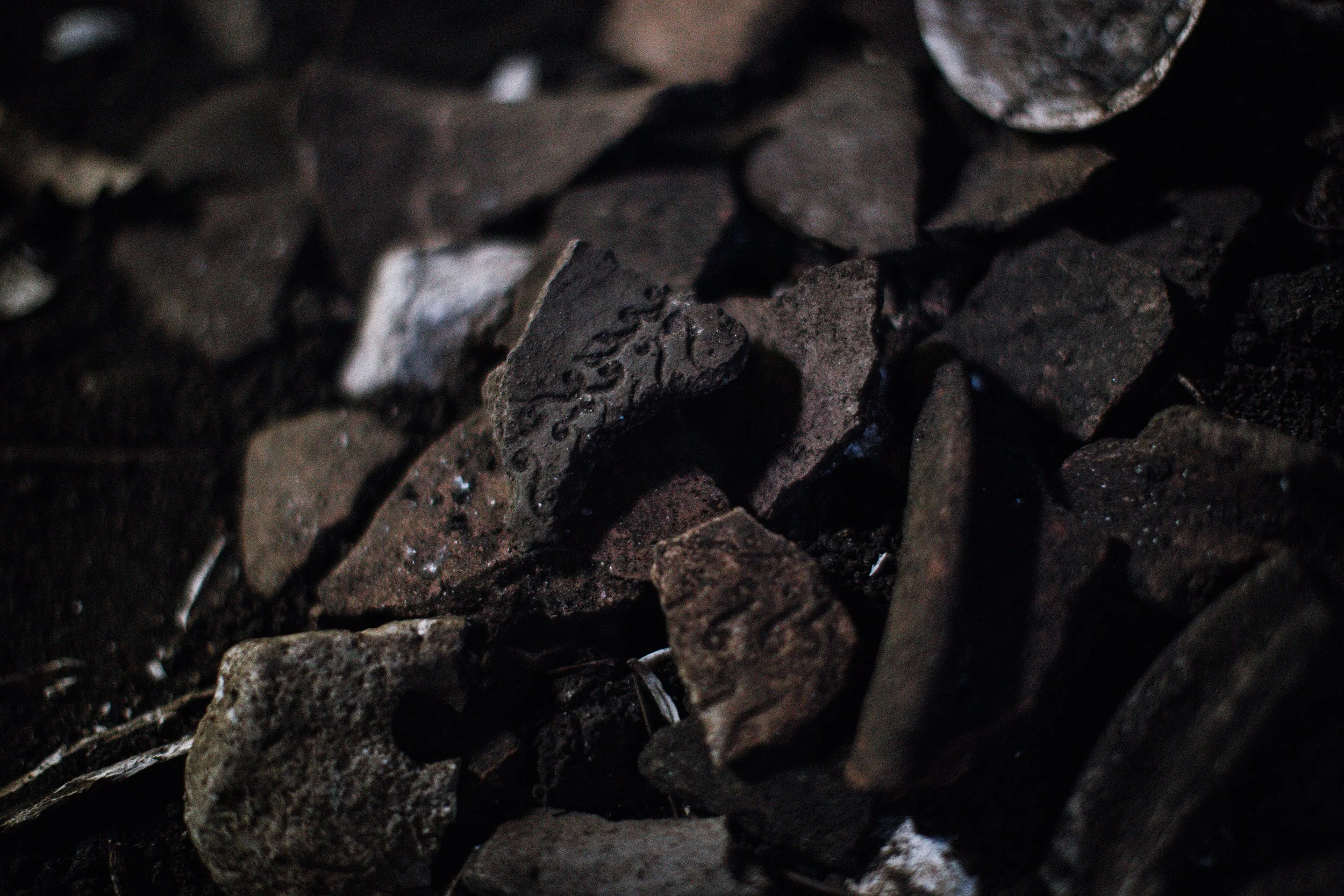
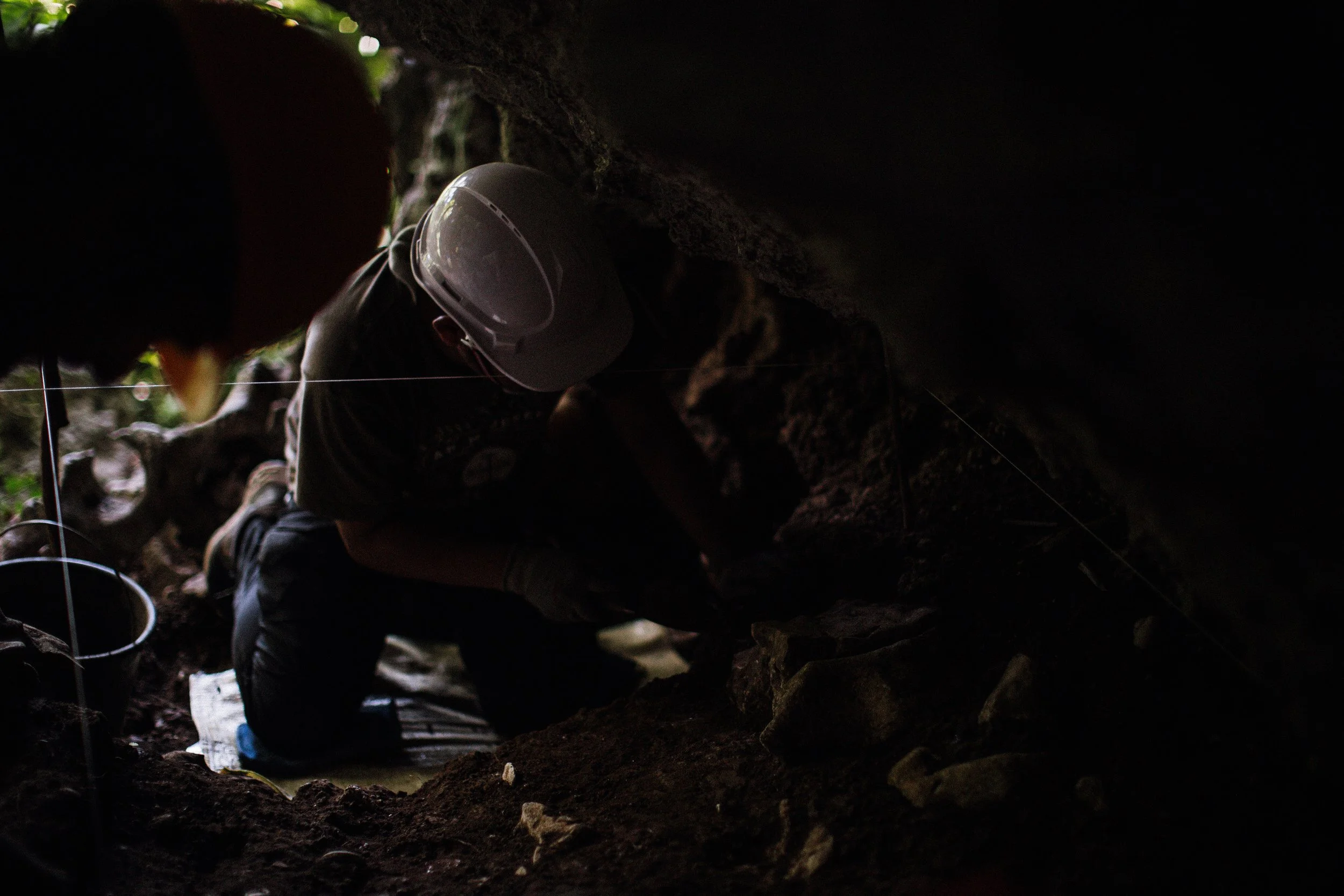
The excavations were carried out within two caves: Kandingan Cave, in Placer Municipality, and Escalon Cave, outside of Surigao City.
They are the first cave excavations to take place in the northern Mindanao province of Surigao del Norte.

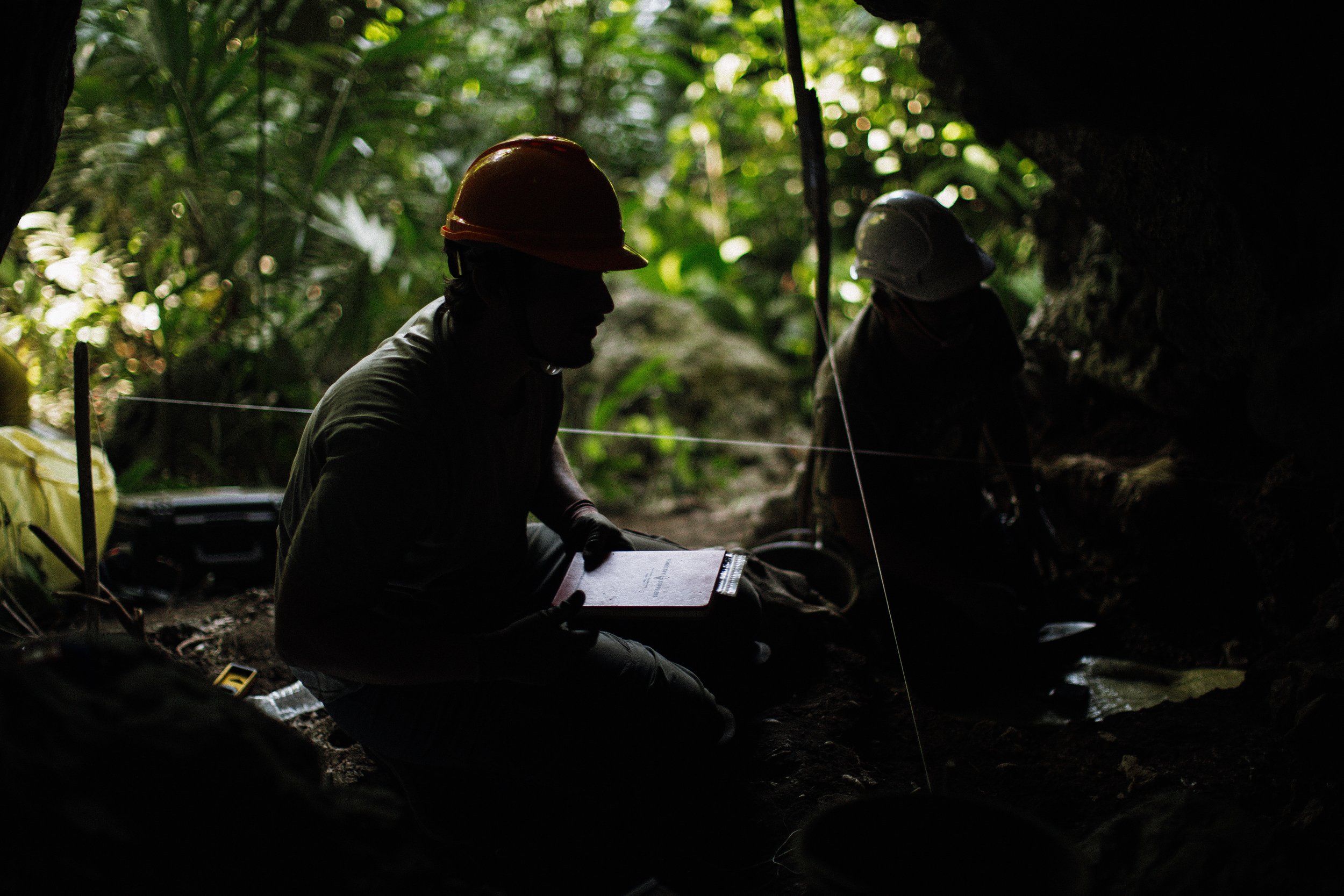
The excavations carried out a series of test pits to determine the sites’ respective viabilities for further archaeological research.
The project was part of James Keppeler’s doctoral fieldwork seeking to explore the origins of agriculture in the Philippines and the islands of Southeast Asia, contributing to a broader debate on the nature of its introduction to the region.
The ongoing research seeks to fill a gap in the archaeological record of the southern Philippines, and Mindanao Island specifically, the area being highly under-researched as well as a key geographical point in understanding the movement of early agriculturalists.

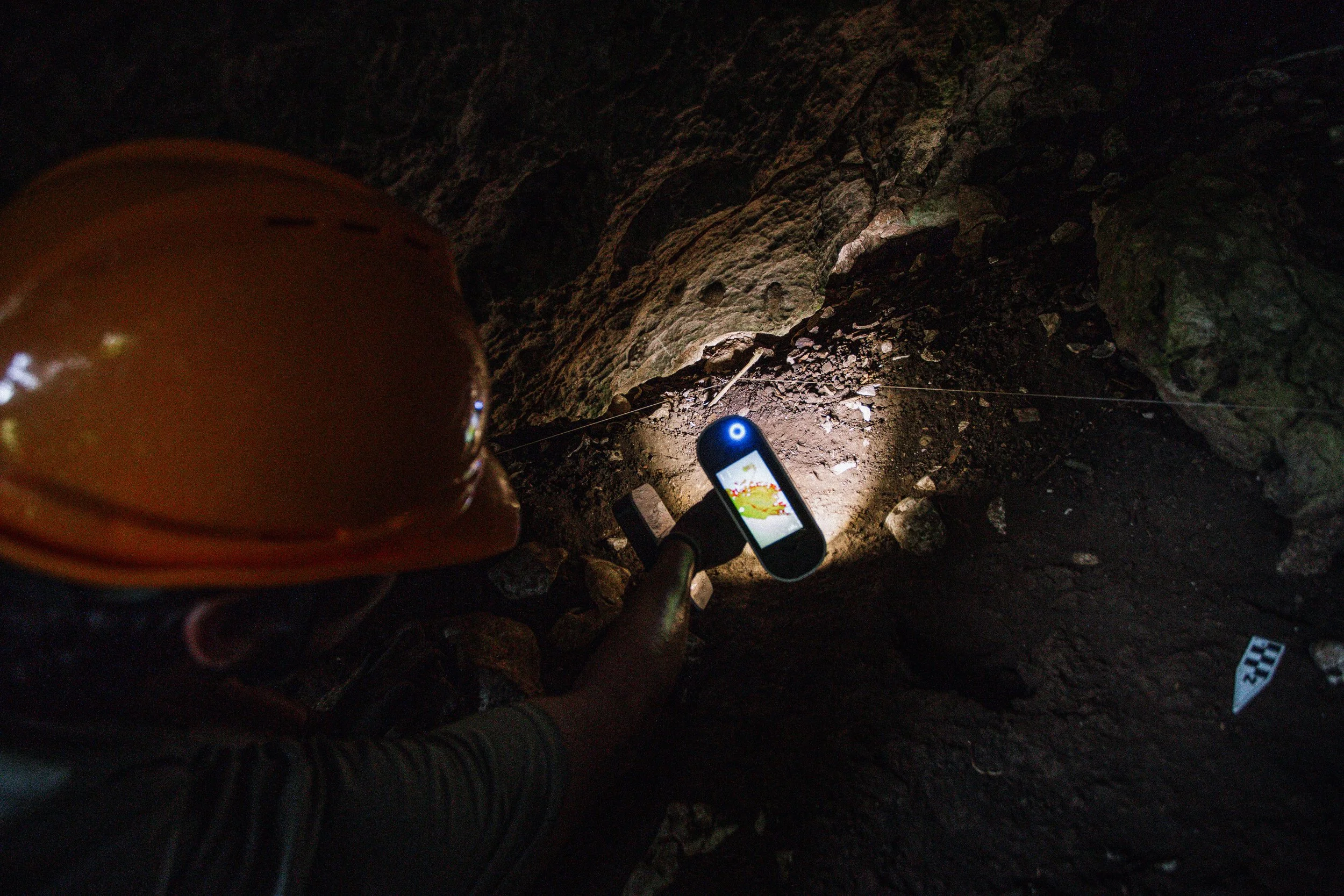
(above) University of Kentucky Doctoral Student James Keppeler makes a digital 3D model of the surface of an excavation square in Kandingan Cave, Aug. 3, 2023.
Archaeologists often construct 3D models of excavation areas at the end of each day’s work to keep a record of the progression of a project,

(above) University of Kentucky Assistant Professor of Anthropology Dr. Hugo Reyes-Centeno and Woolsey Lonzon, a librarian with St. Paul University Surigao, examine an artifact recently unearthed in Kandingan Cave, Aug. 4, 2023.
As potsherds can easily be mistaken for rocks or dirt, archaeologists spend much time scrutinizing questionable finds.



(above) Joseph Algodon and Anastacio Fronda coordinate security services for the excavation team during the entirety of the archaeological project, Aug. 6, 2023.
(right) Community members from Panhutongan and Amoslog, including officers of the city police, maintain security at the excavation site at Kandingan Cave, Aug. 7, 2023.
Pictured from left: CVO Chief Tanod of Panhutongan Virgilio Tampong Sr., CVO Chief Tanod of Amoslog Lolito Logronio Sr., Amoslog police officer Jerick Fabiosa, and the Amoslog Barangay Captain Honorable Alfredo Lambot.
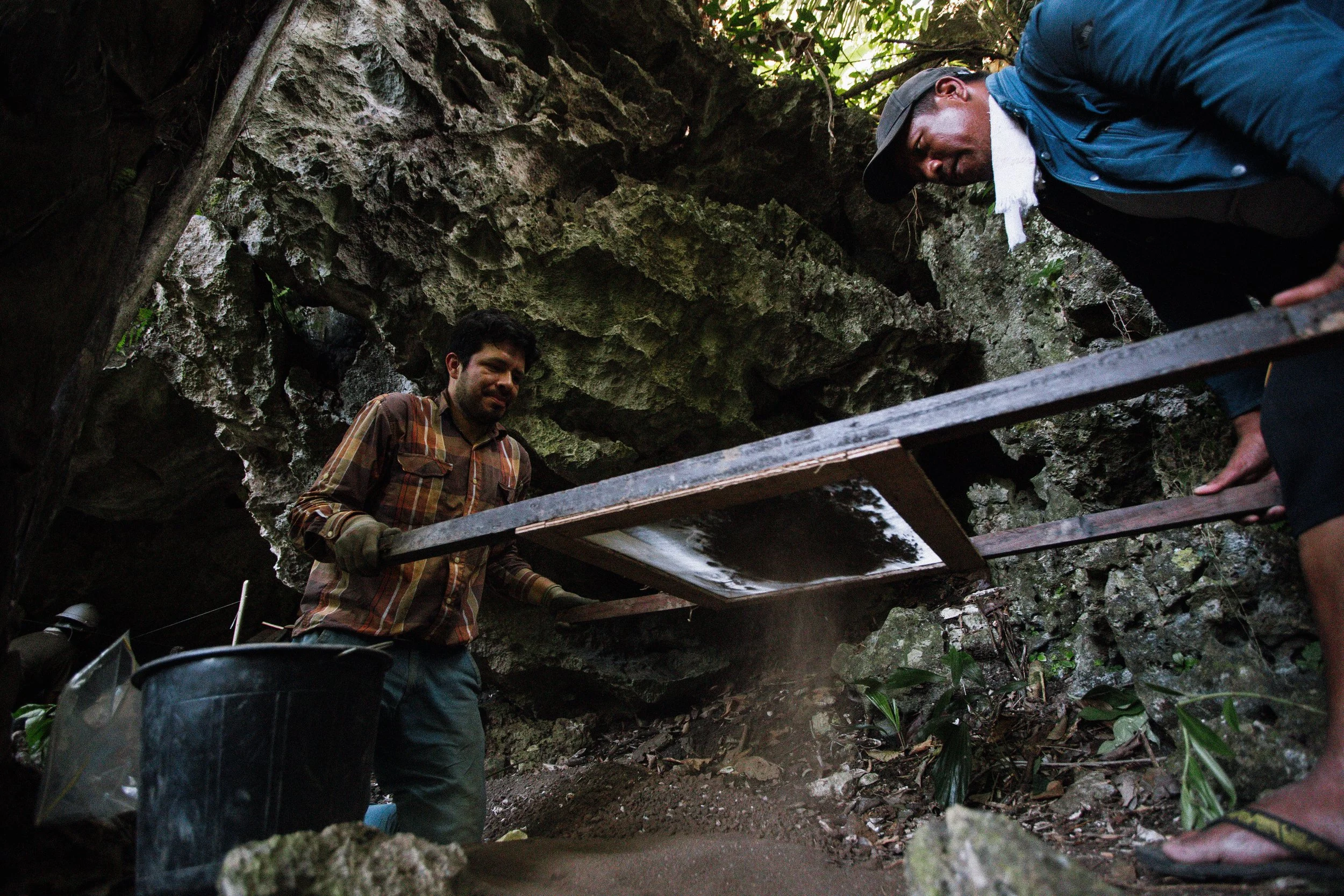
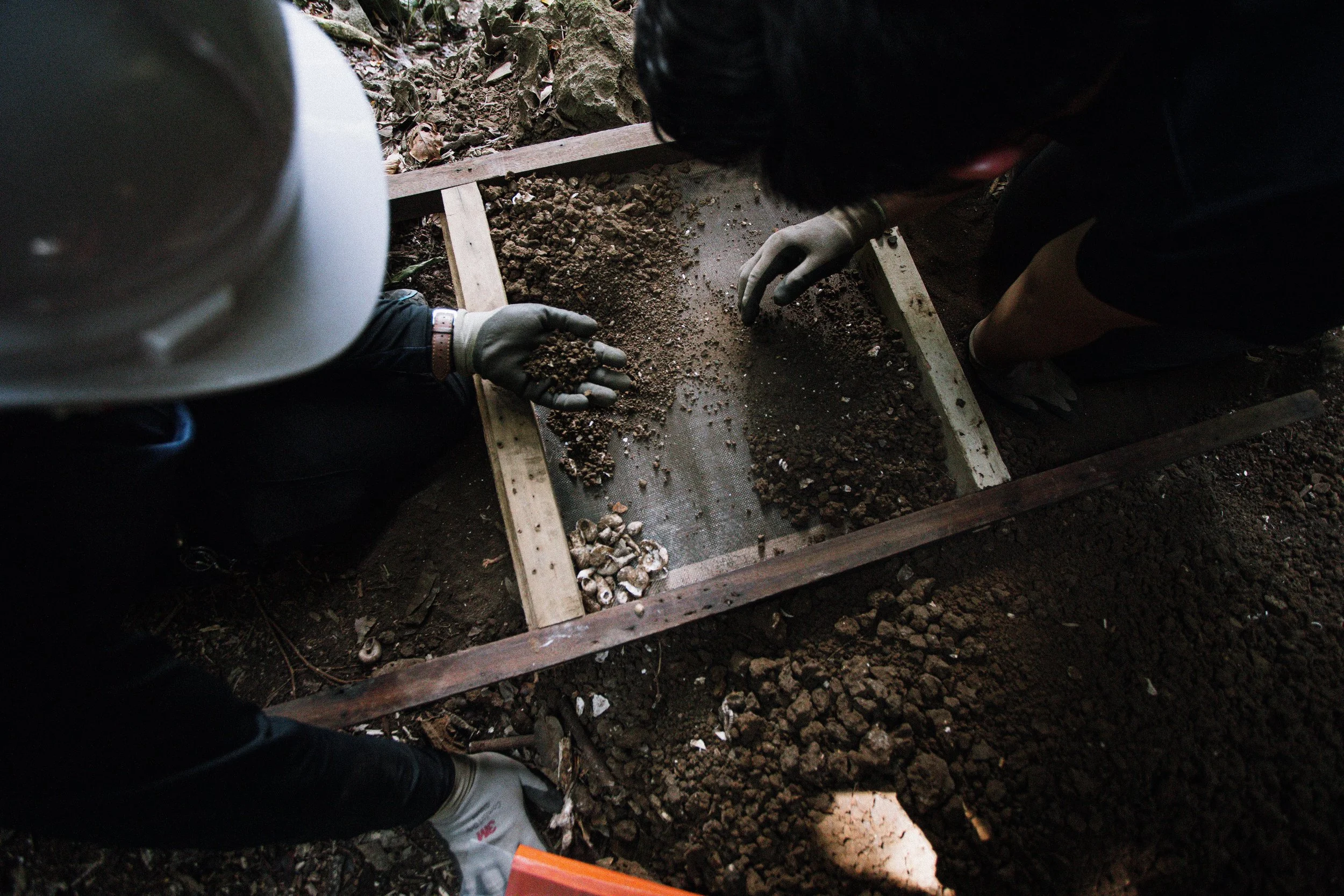

(above) Dr. Hugo Reyes-Centeno labels a bag for a find in Kandingan Cave, Aug. 5, 2023.
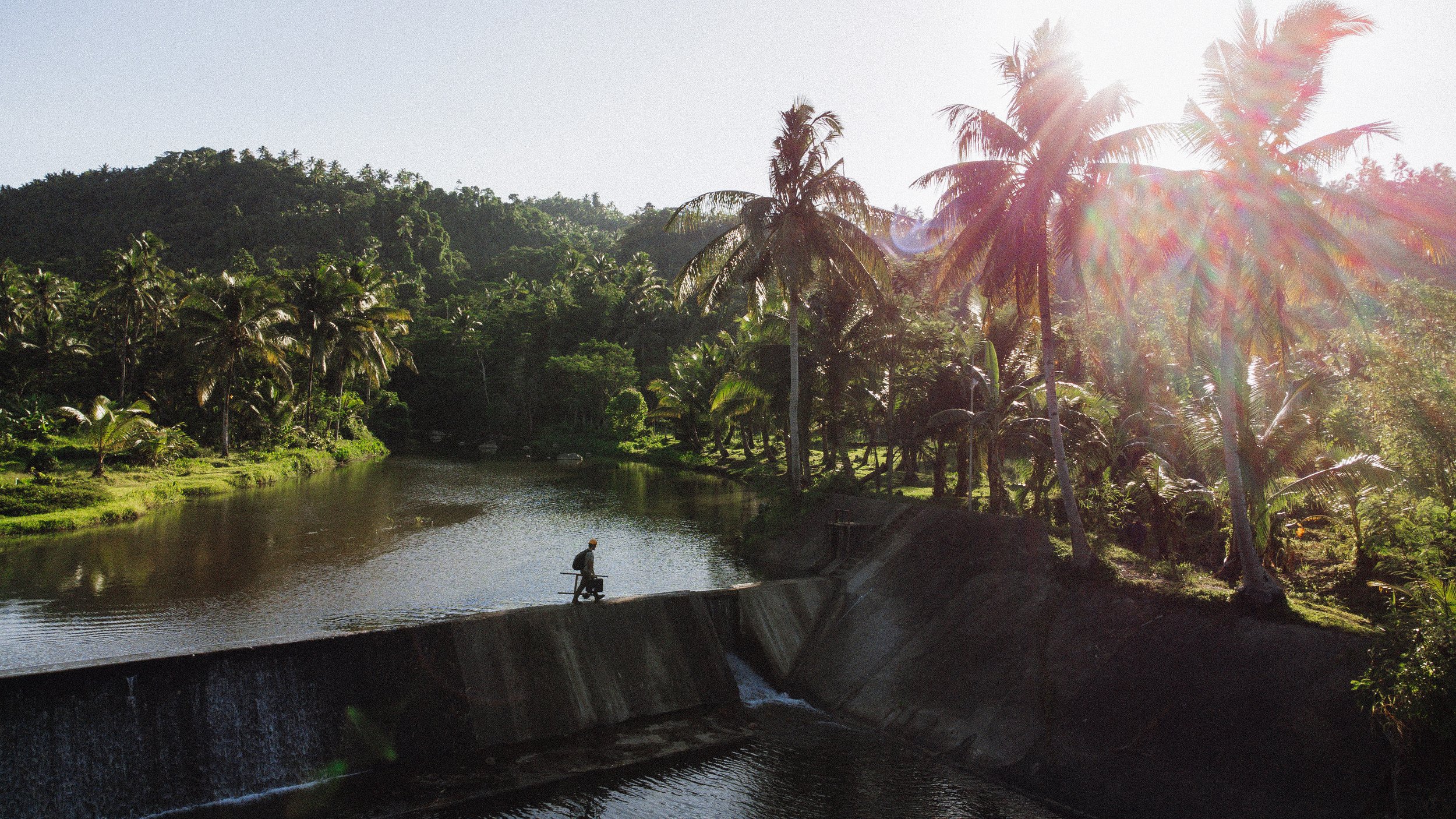
(above) James Keppeler hikes back from the excavation site, crossing the Payao River, after one of the last days at Kandingan Cave, the first of the two cave sites to be excavated during the project, Aug. 5, 2023.

After finishing at Kandingan Cave, the excavators shifted focus to Escalon Cave, about an hour’s drive northwest.

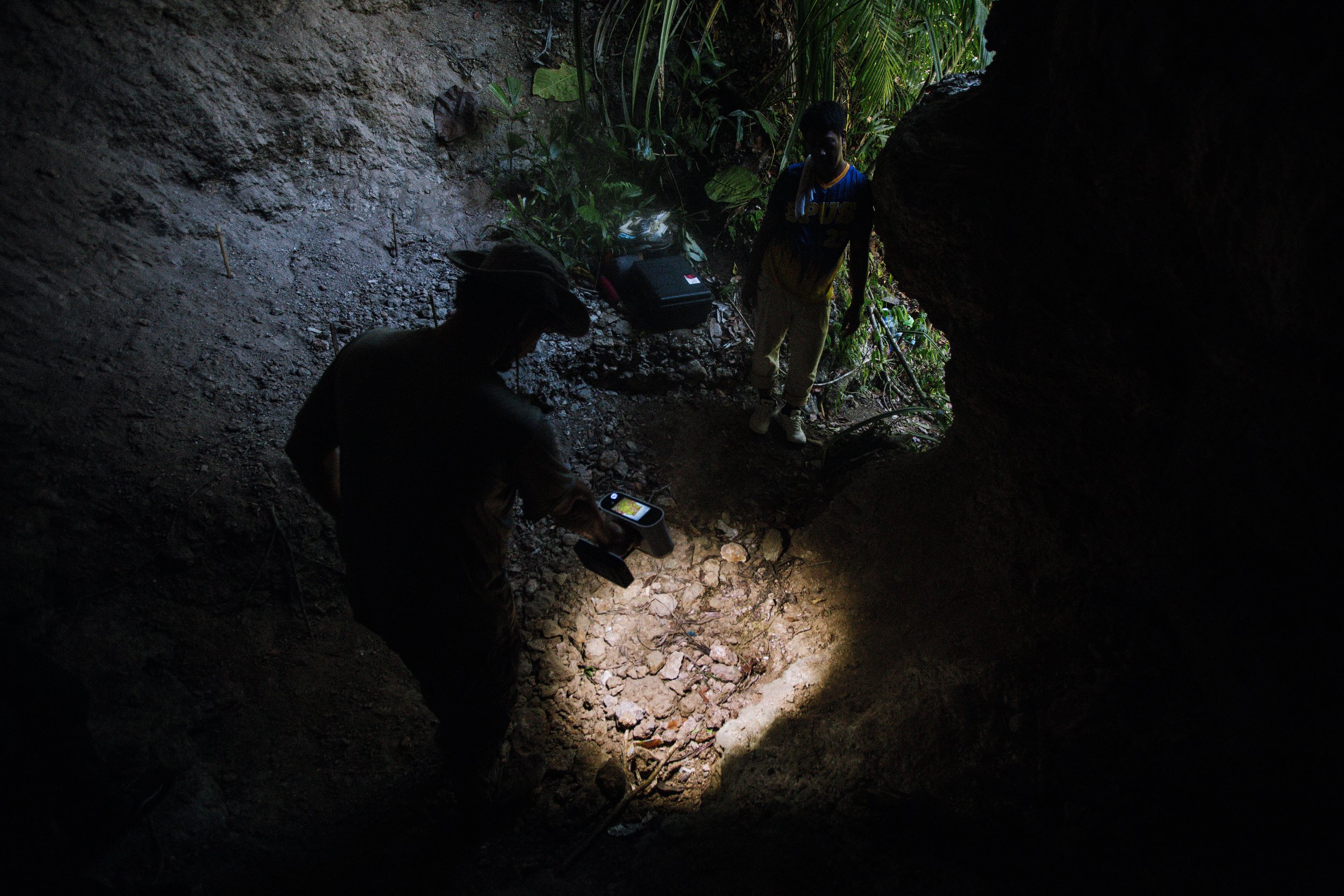
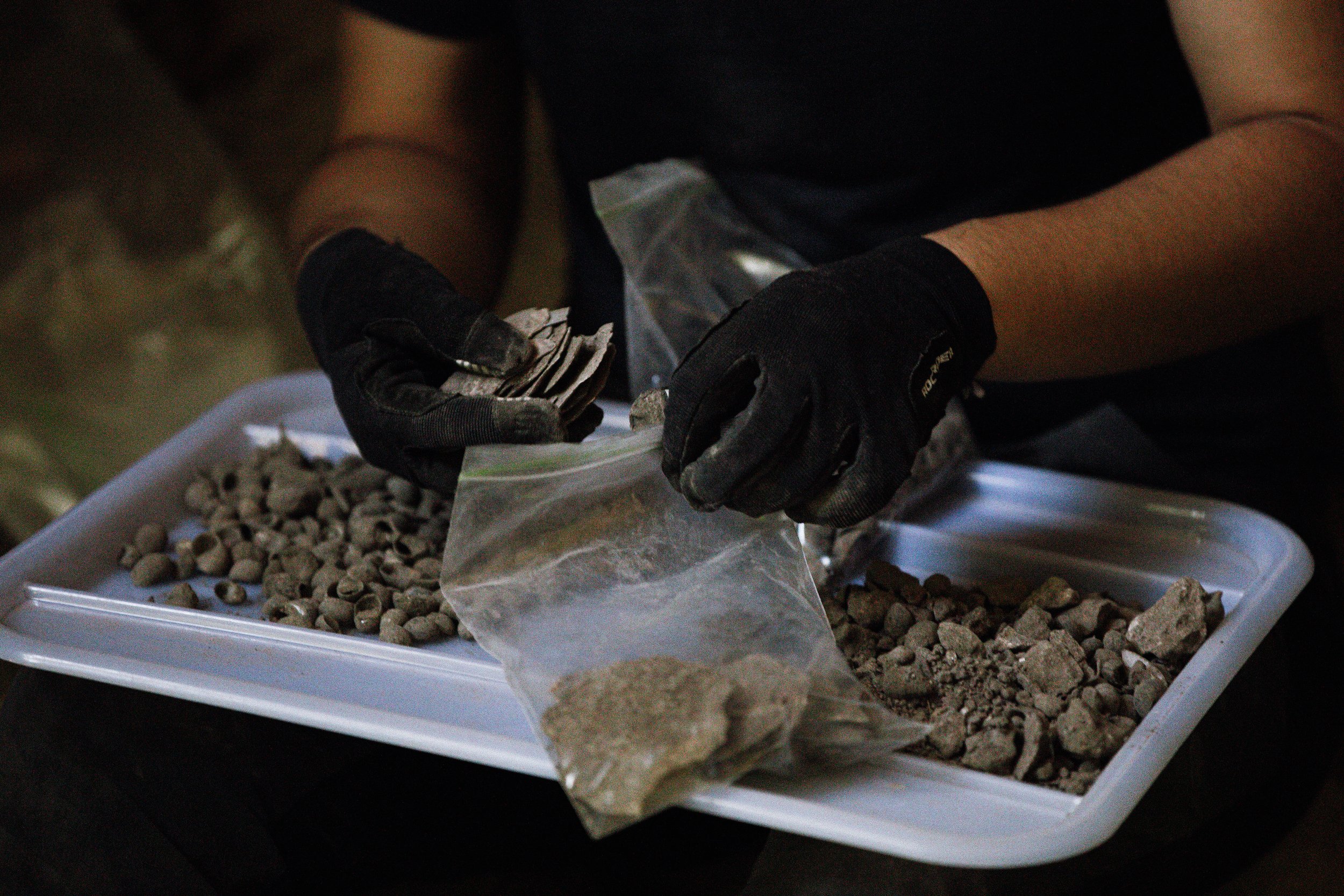
(left) Raymond Yurtas Jubasan, an alumnus of the research consortium OCSEAN, takes a photo of a feature of interest found in Escalon Cave, Aug. 8, 2023.

(above) Excavators use Munsell Soil Charts to determine coloration of sediments in different layers, Aug. 9, 2023.
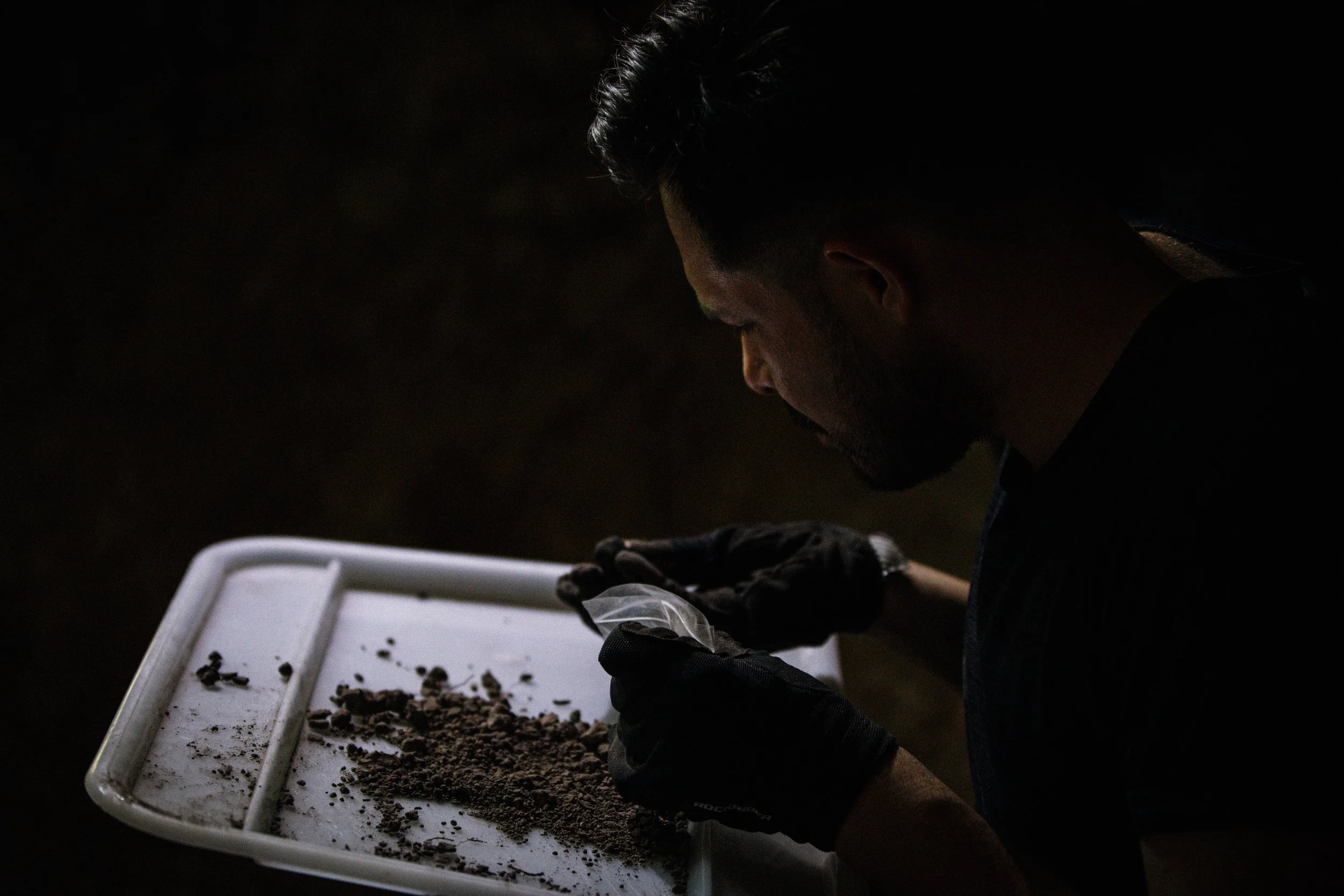
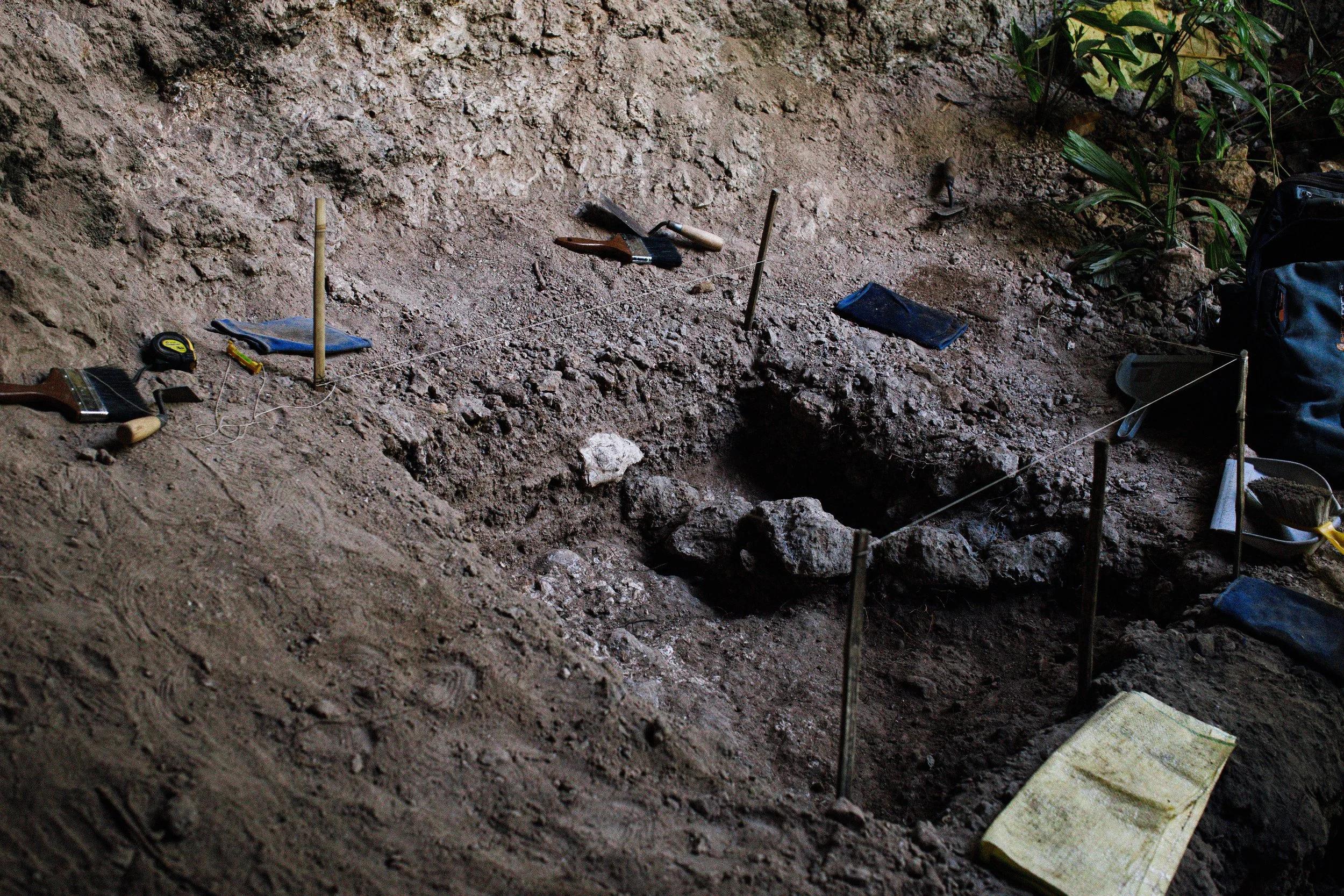
Romeo Araojo, a member of DENR Surigao (Department of Environment and Natural Resources), accompanies the excavation team to Escalon Cave, Aug. 9, 2023.
As the caves and rock structures of Mindanao have not been extensively surveyed, the DENR has an interest in collecting various data associated with the excavations.
(right) Dr. Hugo Reyes-Centeno and Woolsey Lonzon work within an excavation square in Escalon Cave , Aug. 10, 2023.
The team used one meter by one meter excavation squares at both caves, opening two units (excavation squares) at Kandingan Cave and one unit at Escalon Cave,

(below) The excavation team wades through a river on their way back from Escalon Cave at the end of the day, Aug. 7, 2023.
In order to access the cave, the team had to navigate a series of steep, rocky inclines and wade through a river, nearly waist-deep at various points.
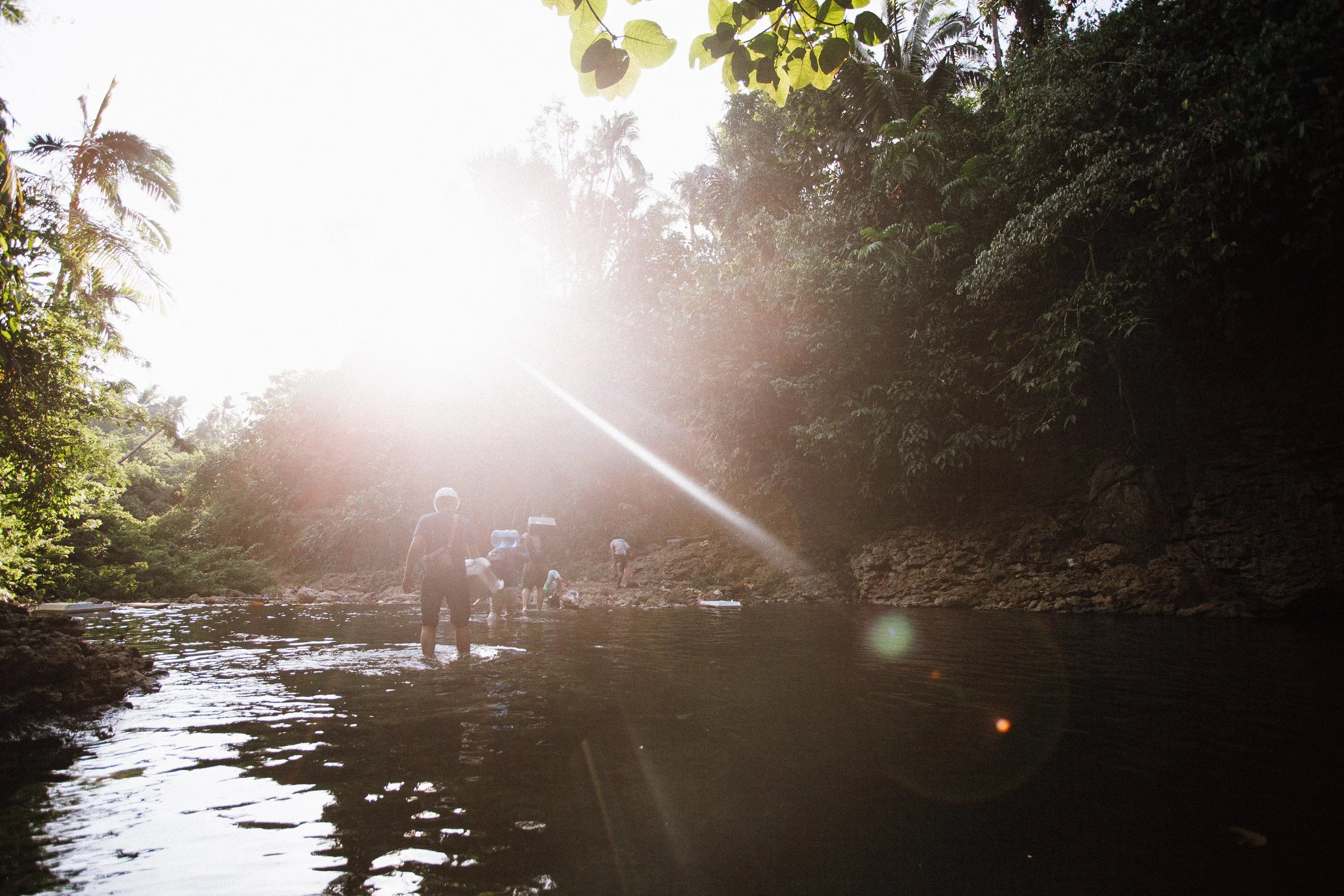
If you are interested in learning more about the results of the excavations, you can keep this page bookmarked in your browser. When the papers are published, I will post a link to them here.
